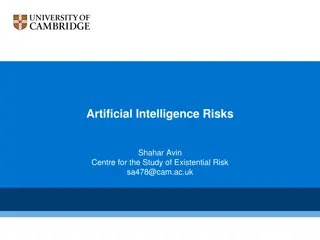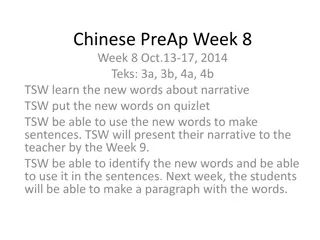
Vulnerability and Resilience in Seneca's Letters
Explore how Seneca's Letters delve into vulnerability, resilience, and the interplay between body and soul. Discover the therapeutic aspects of Stoic philosophy as depicted in the timeless philosophical correspondence.
Download Presentation

Please find below an Image/Link to download the presentation.
The content on the website is provided AS IS for your information and personal use only. It may not be sold, licensed, or shared on other websites without obtaining consent from the author. If you encounter any issues during the download, it is possible that the publisher has removed the file from their server.
You are allowed to download the files provided on this website for personal or commercial use, subject to the condition that they are used lawfully. All files are the property of their respective owners.
The content on the website is provided AS IS for your information and personal use only. It may not be sold, licensed, or shared on other websites without obtaining consent from the author.
E N D
Presentation Transcript
The Stoic Palestra: Learning how to die in Seneca s Letters The Vulnerable Body, T2, lecture 6
Senecas Letters (Epistulae Morales ad Lucilium) 124 letters (we know there were more, as we hear elsewhere of a 22ndbook) Composed alongside the Natural Questions between 62 and 64/5 (period of political withdrawal) Addressed to Lucilius, a career man of modest origins, slightly younger than Seneca, and a fellow Stoic, poet and writer.
A program of therapy: How do the Letters teach? Indirectly Provocatively By spurring self-scrutiny By reassurance: the journey is meant to be a struggle, and is not linear. They emphasize the extent to which psychic resilience is inseparable from critical acumen
Why the letter form? Long tradition of philosophical letter writing: Plato (dubious authenticity), Aristotle, pseudo-Pythagorean letters, Cynic epistles, letters of Epicurus. Nods towards Socratic dialogue. Intimacy showcases amicitia. Fiction of regular/daily letters: context specific therapy; Stoicism as quotidian praxis; tracks progress.
Prosaic letters? [Seneca s writing is] energetic, pointed, subtle, revealing, dense with ideas and discoveries, shifts of argument, interest and mood that pull a reader in, demand attention and hold him. (C.Richardson-Hay)
vulnerability in the Letters Stoic cosmopolitanism as our primary vulnerability to others (Butler)? Political and personal precarity in the 60s Old age; being in time; mortality The daily drama of being/living in a body: seasickness (53), asthma (54), keeping fit (15.4) Physical sickness as metaphor for psychic flaws/vices.
Body and soul No (Platonic) mind-body dichotomy Soul infused through body Passions are (wrong) judgments But body to be governed by soul/ratio We must tend to the body as well as to the soul.
Shadi Bartsch, in Seneca and the Self (2009), 204 Seneca would have us transfer a normative concern for the integrity of bodily boundaries to a concern, instead, for the integrity of the philosophical boundaries of the soul. Suffer the body to be penetrated, abused, flogged, mutilated: this is no violation of your libertas, which is now unyoked from the fate of your body. As the philosopher gives up his body it is his mental impenetrability that is figured as the new sign of masculinity Seneca s imagery of precious interiority versus expendable exteriority rings the changes on the sanctity of the elite body per se and allows for a recasting of ethical values without the loss of the combatant metaphor so important to the traditional self-representation of the male upper classes.




















